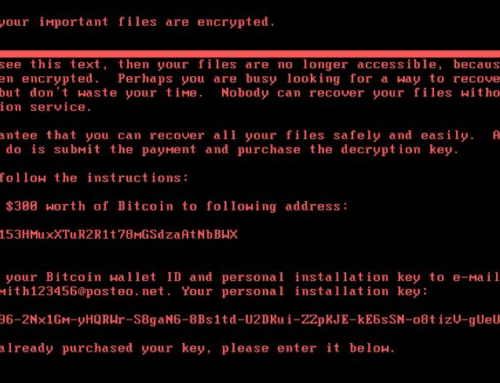
Planning for a disaster is just a part of doing business. Even when everything seems perfect, your business is still vulnerable to a natural or man-made disaster. If the events of the past couple of years are any indication, threats are everywhere, from earthquakes to pandemics and all points in between—not to mention cyberattacks and the subsequent risks that follow.
Having a solid disaster recovery plan is just the beginning. Periodically reviewing your plan is integral to its effectiveness.
What Is a Disaster Recovery Plan?
Disaster recovery plans, or DR plans, are formal, written documents created by your business that offer explicit instructions regarding necessary responses to various unplanned events, such as:
- Natural disasters
- Power outages
- Cyberattacks
- Anything else that could disrupt your normal day-to-day operations
The disaster recovery plan details your strategies for minimizing effects on your company so you can continue with business as usual—or at least quickly get back to the most critical operations.
Ransomware: An Urgent Threat
Ransomware is a type of cyberattack in which malicious software (malware) encrypts data on users’ computers and systems. Then, attackers hold the decryption key “ransom” until they are paid off with Bitcoin or another form of payment.
Worldwide ransomware costs are projected to reach $20 billion this year, compared to $325 million in 2015. This alarming trend is growing by leaps and bounds every year.
Disaster recovery plans are crucial for ransomware because cybersecurity methods aren’t always enough to combat these attacks. With a disaster recovery plan in place, you won’t be scrambling to save crucial data and your business. Instead, you’ll be armed with a data backup and continuity plans to keep going.
When Do Cybersecurity Risks Increase the Most?
Cybercriminals take advantage of the fact that most companies, regardless of size, have fewer employees in the IT department than usual during the holidays. And holidays that fall on weekends are especially attractive to hackers.
Just in 2021, many businesses felt the heat from these bad actors:
- May 2021: An energy sector entity in the United States had to suspend operations for an entire week due to a ransomware attack deployed over the Mother’s Day weekend.
- May 2021: A critical Food and Agriculture entity in the United States suffered a ransomware attack that halted meat production in the United States and Australia.
- July 2021: An IT sector entity weathered a ransomware attack over the Independence Day weekend, affecting hundreds of companies, managed service providers, and customers.
How well are you protected and prepared if cybercriminals can target and attack entities with the most stringent protocols in place?
Don’t Wait: Review and Improve Your Disaster Recovery Plan
Reviewing and updating your DR plan can help you steer clear of potential effects that could devastate your business in the event of a disaster. This can help guard against unauthorized access to your company and customer data, protecting you, your customers or clients, and any other company stakeholders.
Some tips regarding your disaster recovery plan include that you do the following:
- Perform regular updates.
- Schedule tests of your recovery plan in advance.
- Carry out exercises that check the effectiveness of your strategy.
- Train your disaster recovery personnel.
- Make sure all relevant personnel contact information is up-to-date.
Need Help?
Having a solid disaster recovery plan in place offers your team the tools they need to carry out due diligence, helps you avoid data disaster, and ensures your business can quickly recover if you are targeted. Your disaster recovery plan can help you recover with minimal downtime and as little reputation damage as possible.
If you’re feeling unprepared for the holidays and the potential cybersecurity risks, contact JNT Tek today for a disaster recovery consultation!



CONNECT WITH US!